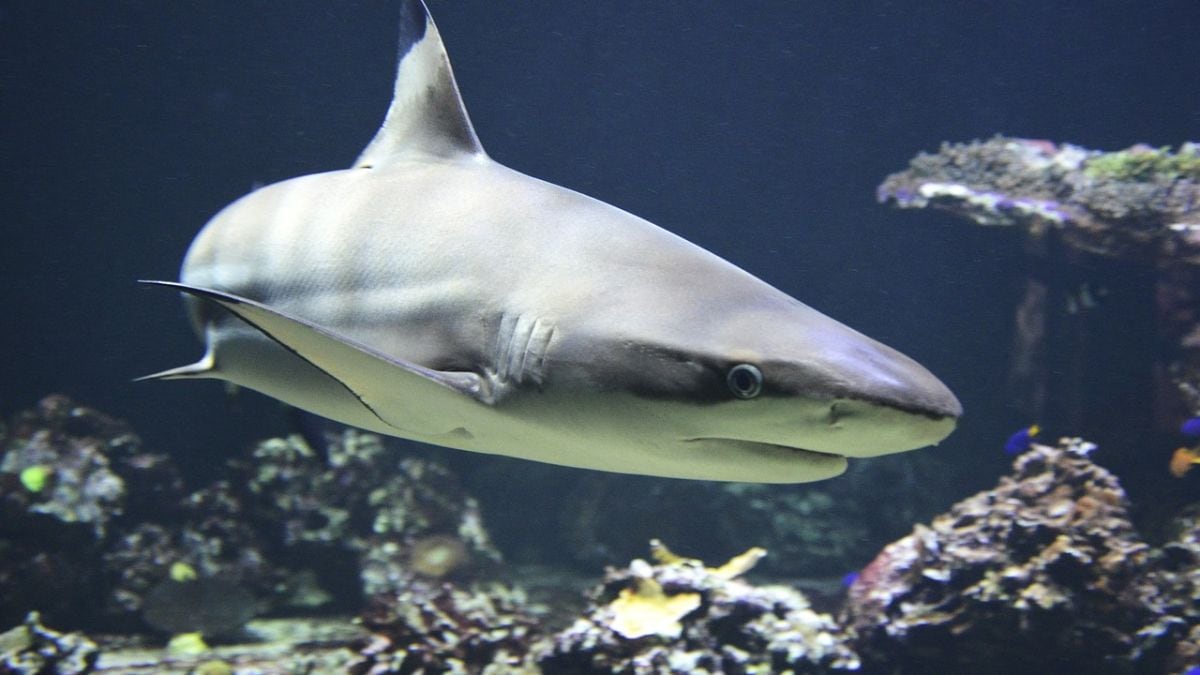Pipes designed to enable one-way liquid flow without the use of valves have been developed, drawing inspiration from the intestinal structure of sharks. Tesearchers at the University of Washington have created tubes featuring an internal helix, which mimics the corkscrew-shaped intestines found in sharks. This design may pave the way for more durable fluid transport systems by eliminating the need for traditional valves. The intestinal structure of sharks, which naturally restricts flow to a single direction, was studied to determine its potential applications in engineering.
The team published its findings in Proceedings of the National Academy of Sciences journal. The research was led by Sarah Keller, a chemist at the University of Washington, who explored whether this biological mechanism could be replicated in synthetic systems. Keller described to Science News Explores how the investigation involved collaboration between experts in physics and materials chemistry to ensure thorough testing and development of the concept.
Rigid and Flexible Helices Tested
The research team used 3D printing to create rigid tubes that replicated the shark intestine's helical structure. Each tube featured variations in the size, angle, and density of the coils. These designs were tested with water flow to assess their efficiency in promoting one-way movement.
According to reportstubes with a downward-facing helix were shown to allow water to flow two to three times faster compared to configurations with an upward orientation. Ido Levin, a physicist involved in the study, explained that the downward configuration mirrored the natural orientation of shark intestines, resulting in optimal flow performance.
The report further highlights that the flexible versions of the tubes were also produced to observe the effects of deformability on fluid dynamics. Levin stated that the flow speed increased significantly—up to 15 times faster—when the helix was pointed downward in the flexible tubes. Keller noted in a statement that the interaction between the tube's material and the flowing liquid remains under investigation to fully understand this effect.
Future Applications Considered
Potential applications for this technology have been highlighted, particularly in areas where reliability is critical. Alshakim Nelson, a materials chemist on the team, indicated in a statement, that such valve-free pipes could be useful in drainage systems or air-flow mechanisms, where traditional valves may fail due to wear over time. The absence of moving parts in this design is believed to enhance durability and reduce maintenance requirements.
Experts have noted the significance of these findings for both engineering and the understanding of natural systems. The study's results underscore how observations from nature can inspire innovative solutions to common technical challenges. Further exploration is anticipated to determine additional uses for these one-way flow systems.
For the latest tech news and reviews, follow Gadgets 360 on X, Facebook, WhatsApp, threads and Google NewsFor the latest videos on gadgets and tech, subscribe to our YouTube channelIf you want to know everything about top influencers, follow our in-house Who'sThat360 on Instagram and YouTube,

Google Gemini 2.0 Flash Thinking AI Model With Advanced Reasoning Capabilities Launched
Lava Blaze Duo 5G Now Available for Purchase in India: See Price, Launch Offers



